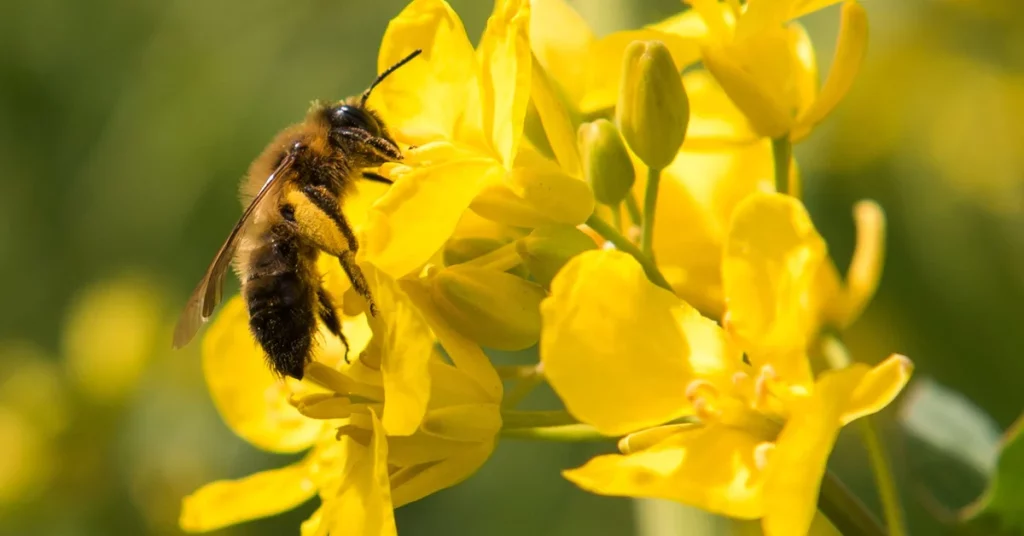The number of bees and other pollinating insects living on the planet has gradually decreased in recent years due to climate change.
Determine When groups of animals are stressed The past is critical to understanding how risk factors drive contemporary and future species responses to environmental change.
Along this path, a team of scientists from Imperial University of London Based on Natural History Museum, London published two elements They analyzed bee and bumblebee populations in the United Kingdom.
By studying four species of bees from across the country, researchers have found evidence of this Tension increased as the century progressed from its lowest point around 1925. Further analysis showed that Each bee species showed a consistently higher stress index in the second half of the twentieth century.

Investigation of the first study Morphology (body shapes) from bee samples dating back to 1900. Using digital photographs, the group examined bumblebee wing asymmetry as an indicator of stress. The high asymmetry (right and left wings in very different shapes) indicates that the bees experienced stress during development.which is an external factor that affected its normal growth.
By taking the climatic conditions during the collection year, that is, the average annual temperature and annual precipitation, the team found that In warmer and wetter years, bees exhibited greater wing asymmetry. The results of the study were published in Journal of Animal Ecology.
Our goal is to better understand Responses to specific environmental factors and learning from the past to predict the future. We hope to be able to predict where and when bumblebees will be most vulnerable and indicate a Effective protection action,” noted one of the authors and researchers at the University of Suffolk, Anders Ars.

In addition to measuring the shapes of bees’ wings, in a second study by the team He succeeded in sequencing the genomes of more than a hundred samples of bumblebees from museums dating back more than 130 years.. In a pioneering progress, heDNA methods used to study woolly mammoths and archaic humans were first applied to a group of insects.
Scientists quantified DNA preservation using only one bee leg from each bee studied. Among these analyzes published in Methods in ecology and evolution Researchers have clues to find out How stress can lead to a loss of genetic diversity..
The team will now use this data to Study how bee genomes have changed over timeand thus understanding how entire populations have adapted, or are not, to changing environments.

The museum’s insect collections provide an unprecedented opportunity for first-hand study How genomes Species have been affected by environmental changes over time. However, she is limited resource “It is important to understand how best to use them in genetic studies,” said Dr Victoria Mullen, of the Natural History Museum in London.
Focusing on bumblebee populations, the team worked with curators from Natural History Museum London, National Museums of Scotland, Oxford University Natural History Museum, Liverpool World Museum, Carlisle Tolly House Museum.
The study’s lead author, Professor Ian Barnes, a researcher at the Natural History Museum in London, said: “One of the main problems with the museum’s collections is that DNA quality can be very variable. We now have a much better idea of preserving DNA in insect populations, which is a huge boost to our ongoing work Understanding the history and future of insect populations“.
Read on:

“Social media evangelist. Student. Reader. Troublemaker. Typical introvert.”




:quality(85)/cloudfront-us-east-1.images.arcpublishing.com/infobae/3RZB6AQC4RM2JOONSJJF2CYUGQ.jpg)
:max_bytes(150000):strip_icc()/CatherineZetaJoneshijavestidosuyo1999-d12480c05c984b57bea0187832817516.jpg)

More Stories
The Aragon Institute of Health Sciences will have a health data office
What exercises help reduce the risk of heart disease?
Pablo Achugarry Gallery in the City of Arts and Sciences